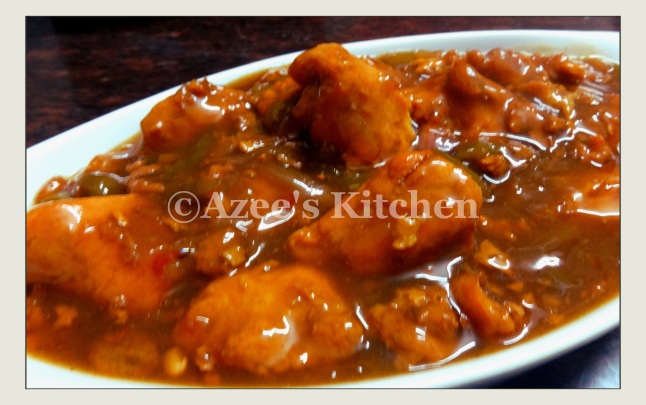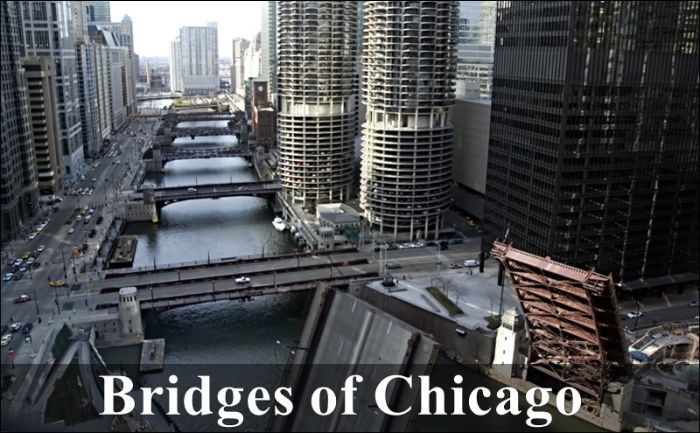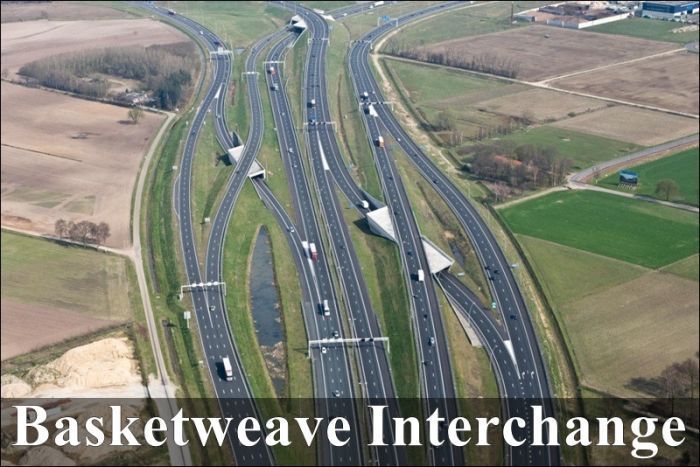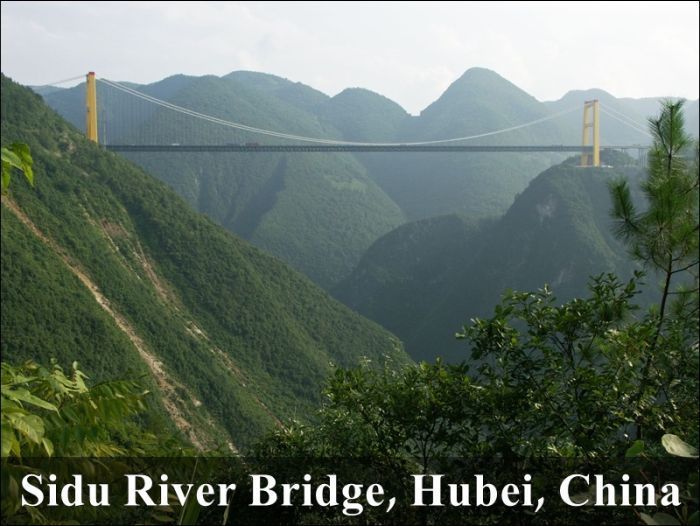Chicken Manchurian – A Popular Indo-Chinese Dish
Presenting another most popular Indo-Chinese dish which is adored by kids and adults alike. This is often served with fried rice but can also be served as a starter when made in a dry form.
Ingredients:
Boneless Chicken – 8-9 small cubes
Ginger – 1/4 inch piece, finely chopped
Garlic – 2 to 3 cloves, finely chopped
Green Chilli – 1, finely chopped
Egg – 1
Pepper Powder – a small pinch
Cornflour – 2 1/2 tblsp
Oil – 2 tbsp
Salt – 1/4 tsp
For the Sauce:
Cornflour – 1 1/2 tblsp
Spring Onions – 1 to 2, chopped
Oil – 2 tsp
Ginger – 1/2 inch piece, finely chopped
Garlic – 2 cloves,finely chopped
Green Chilli – 1, finely chopped
Celery – 1 inch piece, finely chopped
Chicken Stock – 250 ml
Dark Soy Sauce – 2 tsp
Salt – 1/2 tsp
Sugar – 1/4 tsp
Pepper Powder – a pinch
White Vinegar – 1 tsp

Note
- You could use Gobi or Paneer or Baby corn or Mushroom for a variety of Veg manchurians and also fish in place of chicken for those who prefer sea food.
- Chicken stock gives a nice flavor and aroma to the dish but this time i have used corn flour paste mixed in water.
- Engr Sulthan
www.keralites.net        |
Posted by: "Engr.Sulthan" <er_sulthan@yahoo.com>
| Reply via web post | • | Reply to sender | • | Reply to group | • | Start a New Topic | • | Messages in this topic (1) |
To subscribe send a mail to Keralites-subscribe@yahoogroups.com.
Send your posts to Keralites@yahoogroups.com.
Send your suggestions to Keralites-owner@yahoogroups.com.
To unsubscribe send a mail to Keralites-unsubscribe@yahoogroups.com.
Homepage: http://www.keralites.net





























